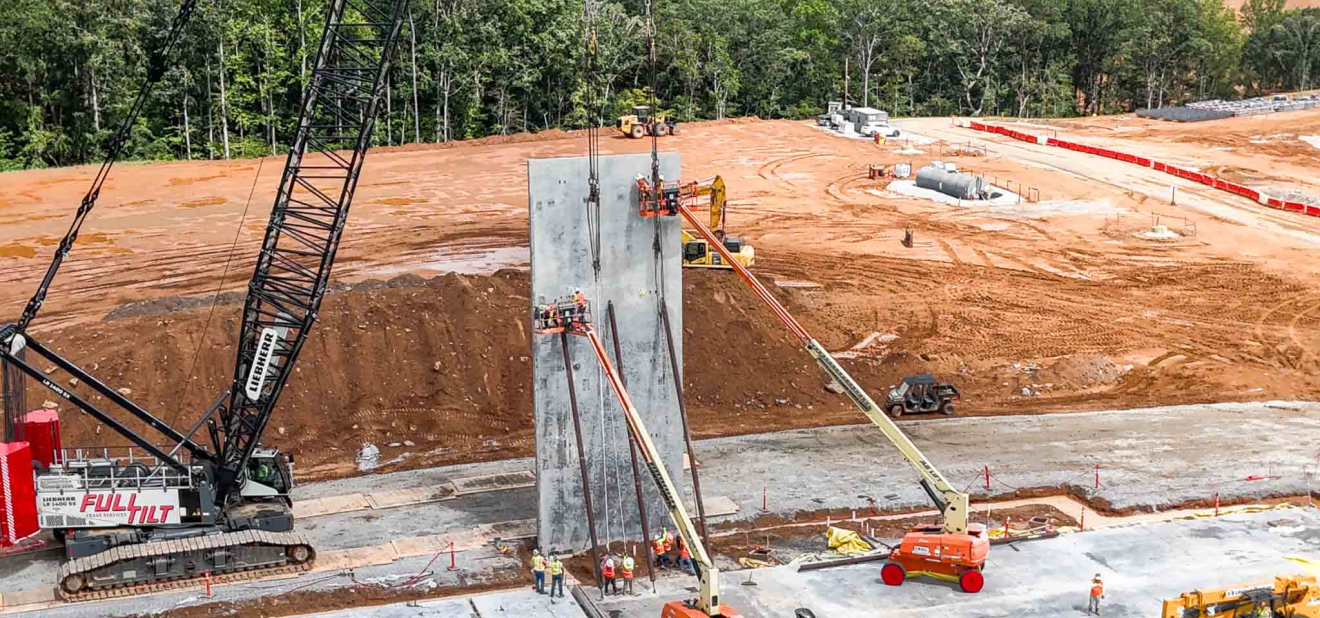🔧 Tilt-Up Construction Summary
What is Tilt-Up?
Tilt-up construction is a building method where concrete panels are cast on-site (usually on the building slab) and then lifted into place with a crane. It's widely used across North America and globally for warehouses, schools, churches, offices, and more.
1. Create a Study Schedule and Stick to It
🏗️ Main Steps in the Tilt-Up Process:
- Site Preparation & Planning
- Flat, open job sites are ideal but not required.
- Detailed layout and sequencing plans are created beforehand to ensure safety and efficiency, especially for crane movement.
- Casting Surface Construction
- The casting surface (building slab or temporary slab) must be flat and defect-free.
- Tools like the laser screed improve surface quality.
- Panel Layout & Forming
- Panels are laid out with chalk lines and lasers.
- Dimensional lumber is used to form panel edges and openings.
- Exterior finishes (like thin brick or form liners) are installed at this stage if needed.
- Bond Breaker Application
- A chemical release agent is applied to prevent panels from sticking to the slab.
- Steel Reinforcement Installation
- Steel bars are placed on plastic chairs and tied in a grid.
- Lifting and bracing inserts are installed at specific locations.
- Concrete Placement
- Concrete is poured and vibrated to remove air pockets.
- Surface is finished per specifications and allowed to cure.
- Panel Lifting & Erection
- After curing, panels are rigged and lifted into place by crane.
- Lasers and shims are used to align the panel precisely.
- Temporary braces are installed to hold panels until structural connections are complete.
2. Active Learning Over Passive Reading
✅ Safety and Inspection
- Pre-lift safety meetings, marked safety perimeters, and third-party inspections are essential.
- Each crew member has a specific role, and only designated personnel operate within the crane zone.
3. Find Your Ideal Study Environment
🔄 Repeat and Finish
- The lifting process is repeated for all panels.
- Interior and exterior work continues after the shell is up.
- Braces are only removed once a structural engineer confirms stability.
4. Use the Pomodoro Technique
🌟 Benefits of Tilt-Up Construction
- Cost-effective, fast, and flexible.
- Originally for warehouses, now used for a wide range of buildings.


